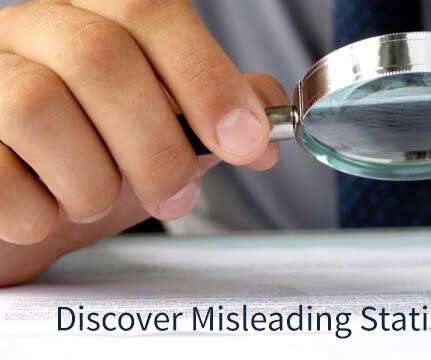The Business Intelligence Market – What’s Old is New
In(tegrate) the Clouds
OCTOBER 7, 2016
As the data visualization, big data, Hadoop, Spark and self-service hype gives way to IoT, AI and Machine Learning, I dug up an old parody post on the business intelligence market circa 2007-2009 when cloud analytics was just a disruptive idea. Ad hoc query, data mining, information I’m still not finding.














Let's personalize your content